This has changed due to the European Commission’s binding target of using at least 25% recycled plastics in new vehicles. To meet this target, additional recycling processes will be necessary in the future.
One of the main targets is that 25% of the plastics used in new cars should come from recycled materials, a quarter of which should come from End-of-life vehicles.
In total, 30% of plastics from scrapped vehicles are to be recycled, compared to only 19% today. Automotive recycling
The regulation requires car manufacturers to provide dismantling facilities with detailed instructions for the replacement and removal of components at the End of a vehicle’s useful life.
The average car contains between 150 and 200 kg of plastic. The measures would reduce carbon emissions by ~12.3 million tons annually by 2035, according to the Commission. It estimates that the scheme will lead to net revenues of 1.8 billion euros by 2035.
Hamos is a manufacturer of recycling and separation systems for the unmixed processing of various hard plastics from automotive shredder residue. Automotive recycling
When vehicles are shredded, a valuable metal fraction consisting of ferrous and non-ferrous metals is produced on the one hand. On the other hand, the so-called “shredder light fraction” is obtained, in which all other materials such as plastic bumpers, seat upholstery, dashboards, headliners and much more are present in shredded form. In addition to these products, there is also a considerable proportion of rubber, which comes from the car tires that are sometimes shredded together with the car body. The hard plastic fractions produced after separation of the “light fraction” still contain the unwanted rubber pieces from shredded tires. Some of these rubber pieces are in the same density range as the thermoplastics and therefore cannot be separated using density separation processes.
More… 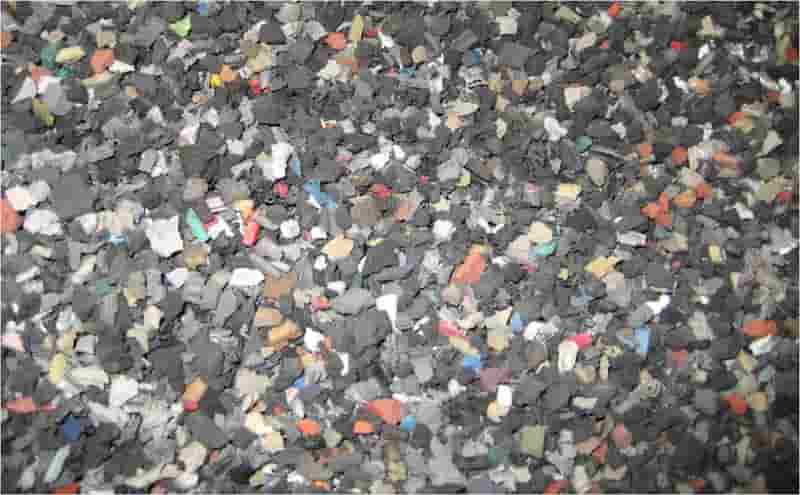
German, Danish companies ink green hydrogen offtake pact
The signing of the German-Danish green hydrogen offtake declaration in Copenhagen. Photo credit: German-Danish Changer of Commerce
Thirty-two stakeholders, including Danish producers and suppliers of green hydrogen as well as German offtakers, have jointly signed an Offtake Declaration, highlighting the pressing demand for advancing hydrogen offtake and infrastructure to support the growth of the emerging industry.
The declaration was signed during the German-Danish Green Hydrogen Summit in Copenhagen hosted by Dansk Industri. Automotive recycling
Recognising the potential for green hydrogen production in Denmark and demand in Germany, the companies are calling on the two governments to accelerate the planned hydrogen infrastructure and establish a link between the supply and demand in the two nations by 2028. To ensure the deployment of the announced hydrogen infrastructure capacity between Germany and Denmark by 2028, the final investment decision for the cross-border infrastructure must be made by mid-2024, the declaration reads.
The current industrial hydrogen demand in Germany is the highest among European nations, reaching 55 TWh annually, with a substantial projected increase in the long term towards 2050. To meet it, Germany anticipates to need 45 TWh- 90 TWh of hydrogen imports by 2030.
Simultaneously, Denmark’s export potential for Germany alone is projected to be 16 TWh in 2030, equivalent to around 4.5 GW of electrolysis capacity. Automotive recycling
More…
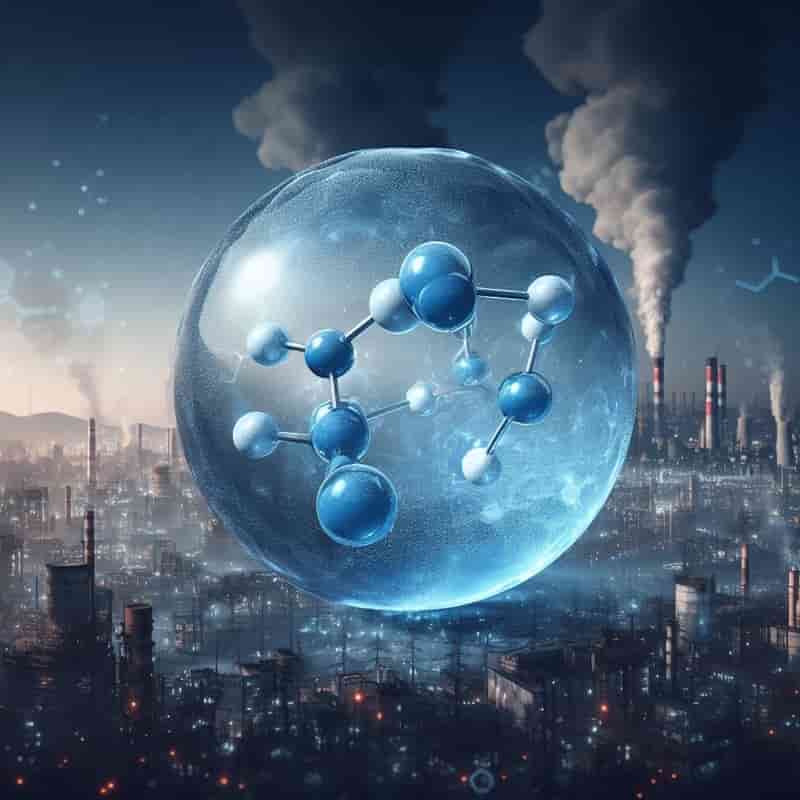
HKRITA unveils G2G, an innovative garment recycling system
The Hong Kong Research Institute of Textiles and Apparel (HKRITA) has unveiled a groundbreaking garment recycling system known as Garment to Garment (G2G). Climate activist and sustainability content creator Sam Bentley recently shared details of this innovative system, emphasizing its eco-friendly, closed-loop approach that eliminates the need for water or chemicals, as highlighted on the official G2G website.
In a comprehensive video presentation, Sam Bentley elaborates on the G2G process, which involves the transformation of old garments into a fibrous web through a cleaning procedure. This web is then skillfully spun into durable twisted yarns, which, in turn, are mechanically knitted into entirely new clothing items. A noteworthy feature of the G2G machine is its incorporation of a 3-D body scanner, allowing the creation of tailor-fit garments on-site. Automotive recycling
Although the G2G machine was initially established in 2018 as a mini-scale production line within a retail setting, where it recycled post-consumer garments into new apparel, it has recently gained renewed attention due to Sam Bentley’s social media endorsement. The fashion industry’s staggering annual production of 100 billion garments contributes significantly to global carbon air pollution (2 to 8 per cent) and generates a substantial 20 per cent of global wastewater. Additionally, more than 100 million tonnes of textile waste find their way into landfills each year. The deployment of G2G technology emerges as a promising solution with the potential to significantly reduce this immense waste.
The G2G system stands out as a breakthrough in sustainable textile practices, offering an efficient and environmentally friendly process for transforming old clothes into new ones. Its potential impact on alleviating textile waste aligns with the escalating concerns surrounding the environmental footprint of the fashion industry. Automotive recycling
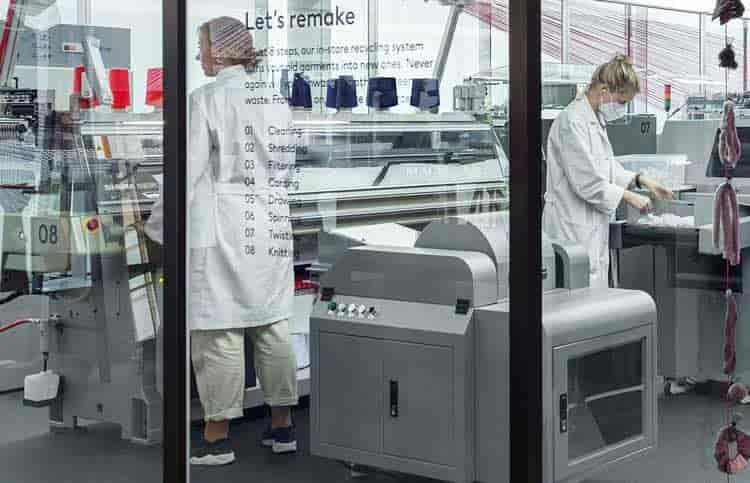
Pakistan, China forge textile ties
Delegation explores silk hub, paves way for collaboration
A Pakistani delegation, led by Hussain Haider, Pakistan’s Consul General in Shanghai, visited Shengze Oriental Textile City in Suzhou, China, and met with representatives from local textile enterprises.
During the meeting, Haider introduced the trade and investment environment of Pakistan and China, with a particular focus on the preferential policies available to Chinese investors in Pakistan. “Currently, Pakistan’s textile exports to China mainly consist of cotton yarn, apparel, cotton fabrics, and home textiles, with cotton yarn accounting for 73% of the total,” he stated. Automotive recycling
Expressing a strong desire for deep cooperation with Shengze’s silk and textile industry cluster, he extended an invitation to Shengze’s enterprises to visit Pakistan and gain first-hand knowledge of the trade and investment policies.
Shengze is renowned for its robust silk and textile industry with a rich history. To gain insights into the dynamics of the textile sector and explore potential collaborations, the delegation toured several textile enterprises in Shengze Oriental Textile City and reached preliminary cooperation intentions. Haider said, “We hope to further communicate and connect with Shengze Oriental Textile City. Automotive recycling
We sincerely invite Shengze’s enterprises to invest and establish factories in Pakistan, aiming to achieve mutual benefits and contribute to the deepening of China-Pakistan cooperation.”
More…

Hyundai develops new technology that reduces the size of its electric motors
Hyundai has recently unveiled a groundbreaking technology, named “Uni Wheel,” poised to revolutionize electric mobility by significantly shrinking the size of electric motors. This innovation not only enhances the efficiency and performance of electric vehicles but also creates more space within the vehicle for passengers and their belongings.
Functioning akin to a hub motor, the Uni Wheel incorporates a universal drive system that relocates essential drive components into the wheel, a distinctive departure from conventional designs. Notably, the motor itself remains positioned outside the wheel, maintaining a streamlined and compact form factor. Automotive recycling
The key breakthrough lies in the Uni Wheel’s strategic relocation of the gearbox into the wheel hub, leading to a substantial reduction in motor size. This ingenious design allows Hyundai to adopt a small motor for each wheel, a departure from the reliance on a single large drive unit for an entire axle. In essence, it represents a universal traction system that integrates transmission components inside the wheel, leaving the electric motor external.
By employing this technology, Hyundai achieves advantages in terms of overall efficiency, performance, and handling. The Uni Wheel system’s unique configuration enhances the overall driving experience while contributing to a more spacious and versatile interior for occupants. Automotive recycling
Park Jong-sul, a senior researcher at Hyundai Motor Company and Kia Advanced Technology Institute, emphasized the company’s commitment to redefining the mobility experience for customers. He stated, “We are developing technology so that customers can experience mobility in a completely different and new way than before.” Hyundai has rigorously tested the durability of the Uni Wheel, affirming its functionality and reliability.
Despite this significant leap forward, Hyundai has not yet revealed plans for the commercial release of the Uni Wheel system, indicating that further development and testing may be underway.
As the automotive industry continues to evolve, Hyundai’s innovative approach to electric motor design showcases a commitment to pushing the boundaries of what is possible in the realm of sustainable and efficient transportation. Automotive recycling
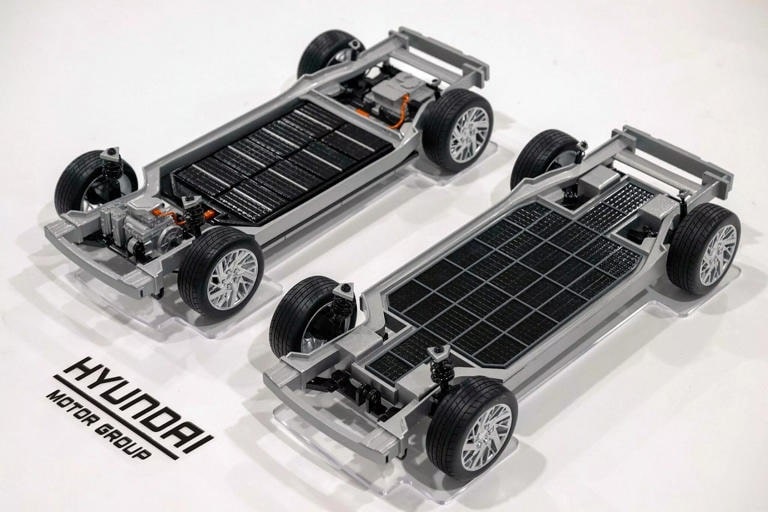
Luxury on the body and underfoot too
As was amply illustrated at ITMA 2023 this June, tradition and innovation go hand in hand for members of UCMTF, the French Textile Equipment Manufacturers, including NSC Fibre to Yarn, Superba and Spoolex.
NSC Fibre to Yarn has a history dating back to 1812 – at a time when the British blockade of France during the Naploeonic Wars obliged French companies to start developing their own textile machinery and components.
Thirty years later, in the 1840s, its patents established the basic principles for the combing, recombing and spinning preparation of short fibres such as wool, silk and flax.
Long fibres
Move forward roughly 110 years to 1950, and NSC Fibre to Yarn had also started to specialise in the machines for combing and spinning long fibres such as Egyptian and Pima cottons. Such fibres have been prized for many years for their strength and durability, smoothness and lustre, and reduced pilling. Automotive recycling
A series of acquistions over the past 20 years has subsequently consolidated the company’s position as a leader in textile lines for luxury long-staple fibres, as well as wool and technical fibres.
The company’s latest ERA50 comber is an evolution of the well-known ERA40 and benefits from the latest advances in mechatronics and a complete Industry 4.0 data collection system.
Heat setting
In addition to apparel, wool is associated with the most luxurious of carpets, and machinery for the heat-setting of carpet yarns – whether from natural fibres like wool or synthetics – is a speciality of Superba, which was founded in 1950.
The heat setting process is crucial in enabling such yarns to be more successfully woven or tufted into wall-to-wall carpets, increasing their thickness, enabling different yarns to be combined and graduated dyeing affinities to be accommodated.
The important twist of the yarns is set at a high temperature in a continuous process to ensure it remains permanent. Automotive recycling
More…
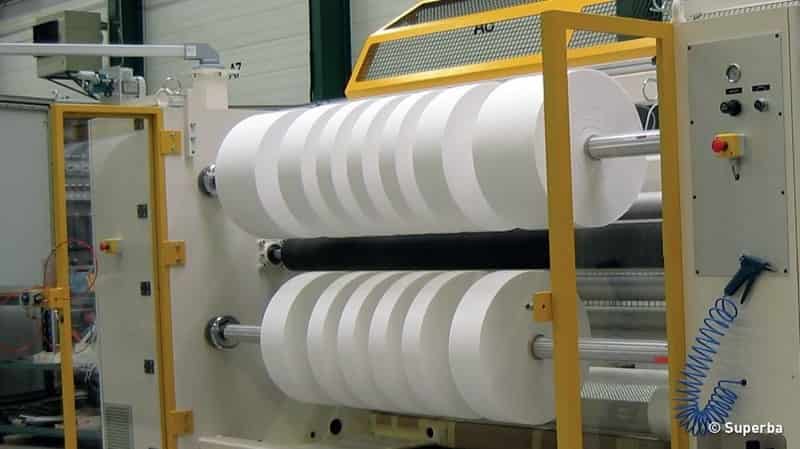
Rock Tech and Electra sign North American lithium supply agreement
Rock Tech Lithium will partner with Electra Battery Materials Corporation to supply recycled lithium from Electra’s Ontario battery recycling operations for upgrading to battery-grade lithium chemicals in Rock Tech’s lithium refineries. The partnership agreement took the form of a memorandum of understanding. Both companies will use their experience to develop a closed-loop service for the recycling of lithium-ion battery manufacturing scrap, end-of-life batteries, and black mass. Automotive recycling
“Partnering with Rock Tech . . . complements our recycling strategy by allowing us to further upgrade recycled lithium into a battery-grade product,” said Trent Mell, Electra’s CEO. “Collaboration is crucial to create a closed loop for all critical minerals we recover in our black mass refining operation. Jointly with Rock Tech, we are excited to offer an end-to-end battery recycling solution specifically for the lithium market. The partnership is expected to generate an additional revenue stream for Electra, improve our service offering for our clients, and facilitate future growth.”
“At Rock Tech, we are thinking long-term,” emphasized Klaus Schmitz, Rock Tech’s COO. “Developing localized circular lithium value chains is key for this. Electra is an important partner to realize this vision in Ontario and North America. Our collaboration unlocks an important lithium sourcing option and ensures continuous long-term supply for our plants. Our collaboration ensures that lithium recovered from the recycling of end-of-life batteries or battery manufacturing scrap is recovered, refined, and returned to the battery value chain as battery-grade lithium product.” Automotive recycling
More…
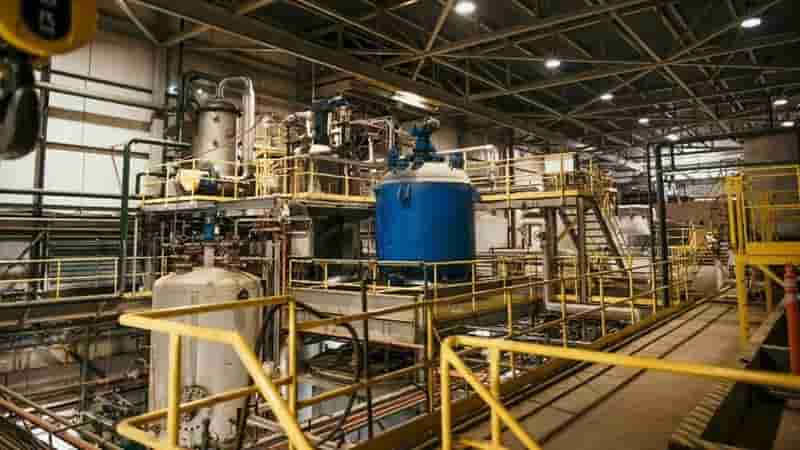
Avantium PEF – Dieffenbacher highlights Fibercut system for increased productivity 29-11-2023
Automotive recycling








